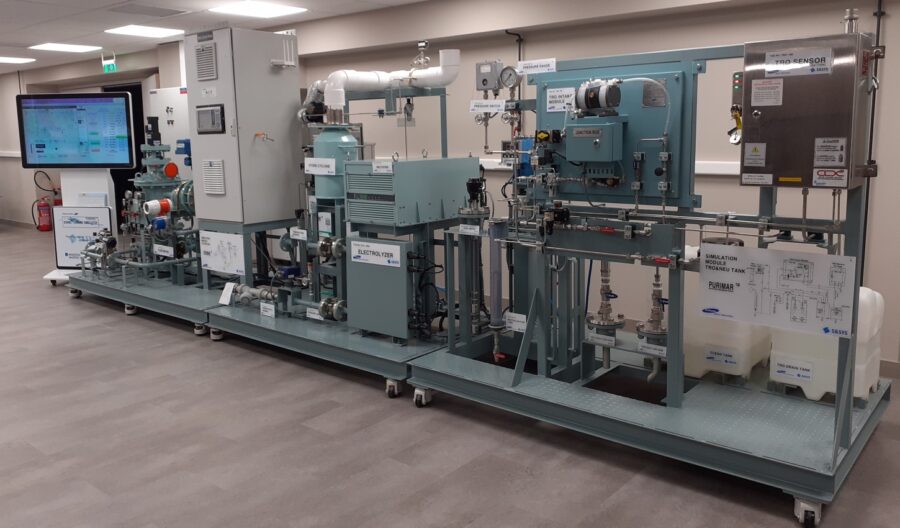OVERALL AIM
A Training Course designed for Engineer and Deck Officers who are to be recruited on ships fitted with a Filtration – Electrolysis Ballast Water Treatment System. The focus will be on PURIMAR (Samsung), HI-BALLAST (Hyundai) and AQUARIUS EC (Wartsila). The overall aim of the course is to increase the awareness of the participants to the side stream, filtration – electrolytic ballast water treatment systems concept and key components.
LEARNING OBJECTIVES
To help the participating Officers understand:
- the combination of filtration and electrolysis process during ballasting.
- the importance of TRO sensors in adjusting the dose of free chlorine to ballast tanks or in the neutralization during de-ballasting.
- the design limitations of these systems and their key components installed in the pump room, the engine room and other deck areas.
FACILITIES
The Training Course will take place at the ATHINA Maritime Learning and Development Center.
Hands-on Training will be provided at a Samsung PURIMAR Simulator installed in the Electromechanical Laboratory.
The Training Simulator consists of (3) skids, the Filtering Unit, the Electrolysis Unit, the TRO Analyzer/Neutralization Unit and the Display Operating Panel.
